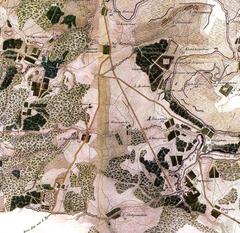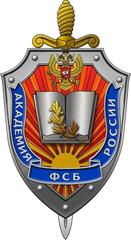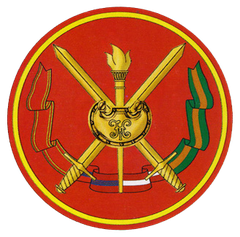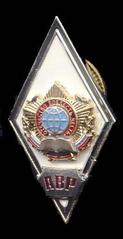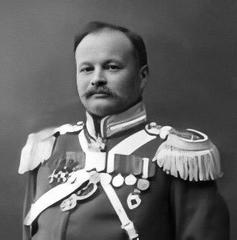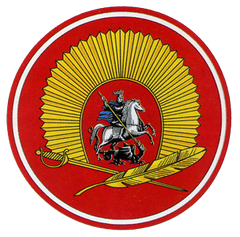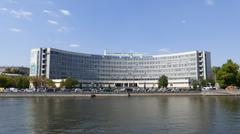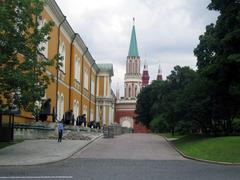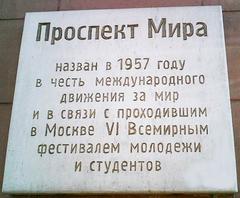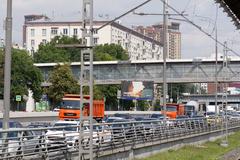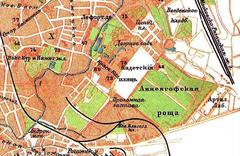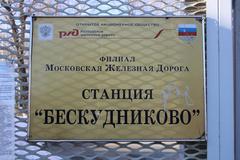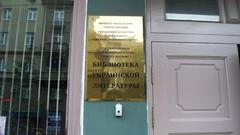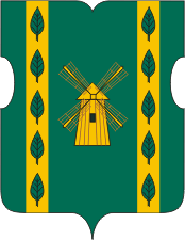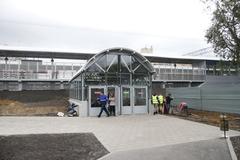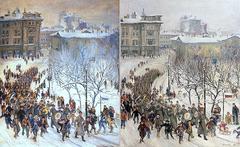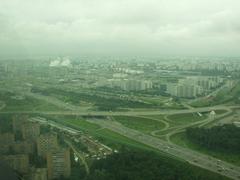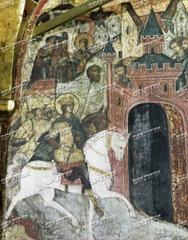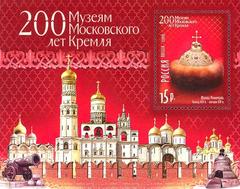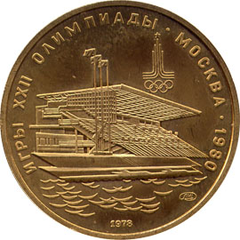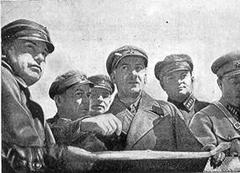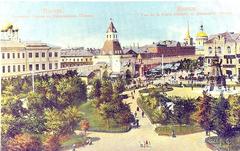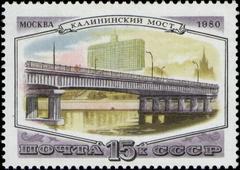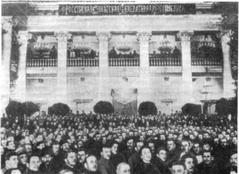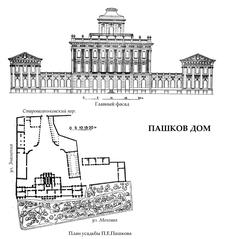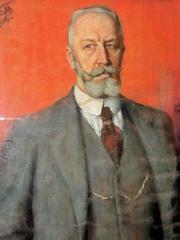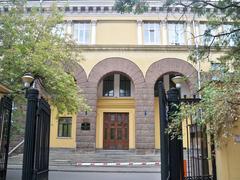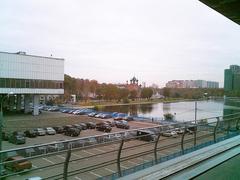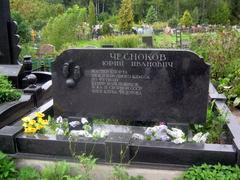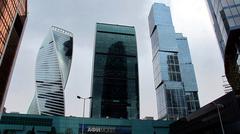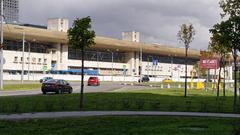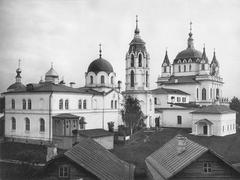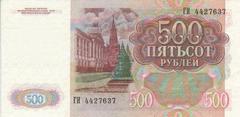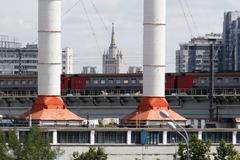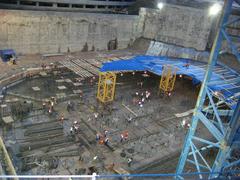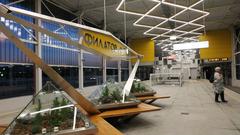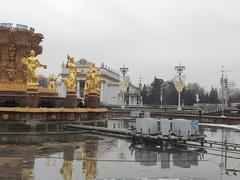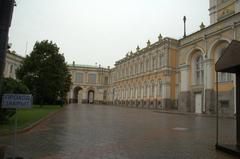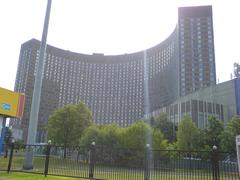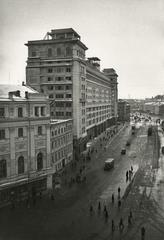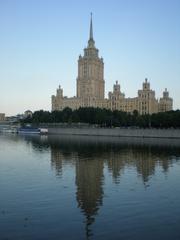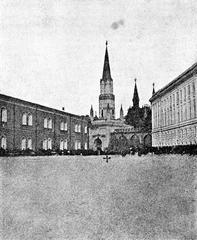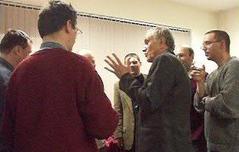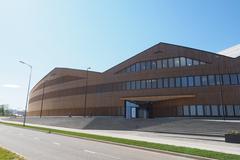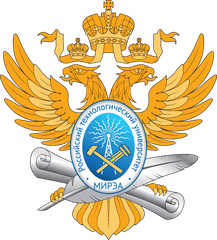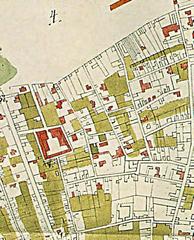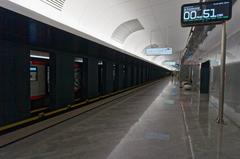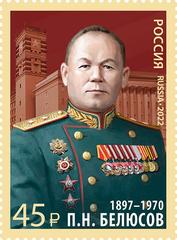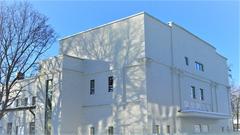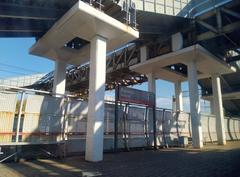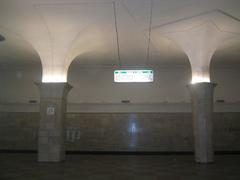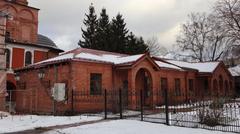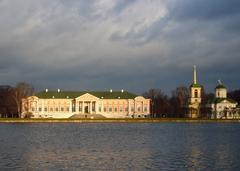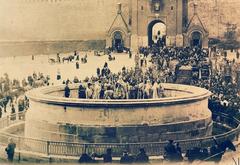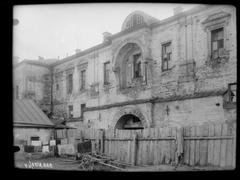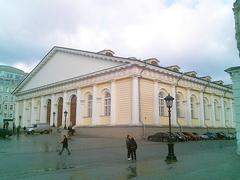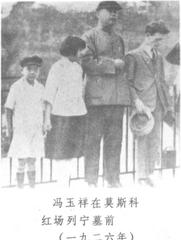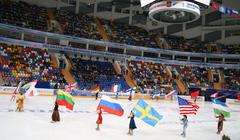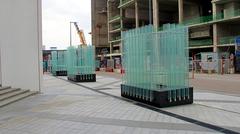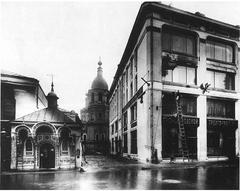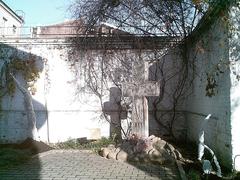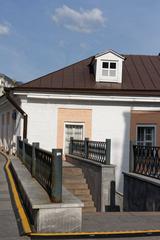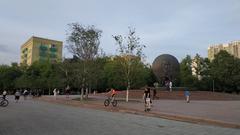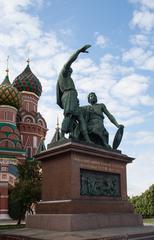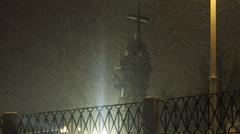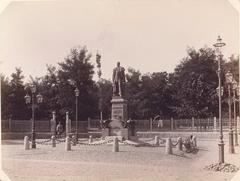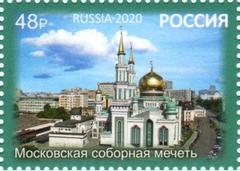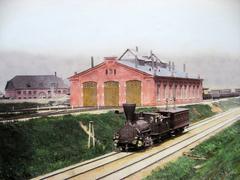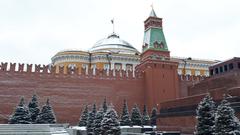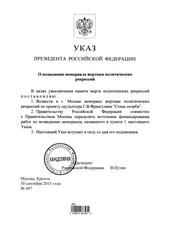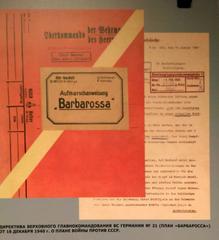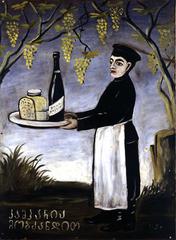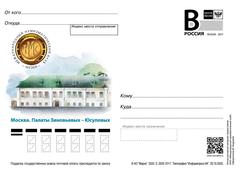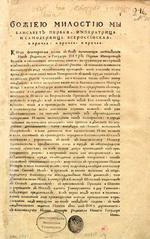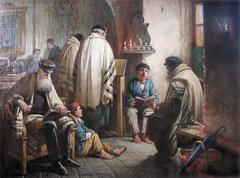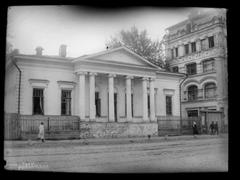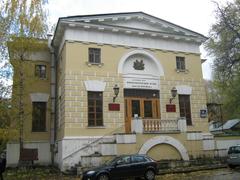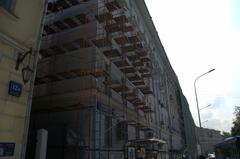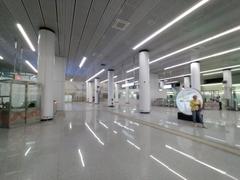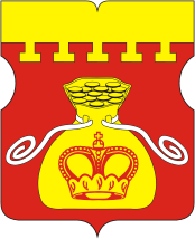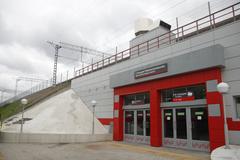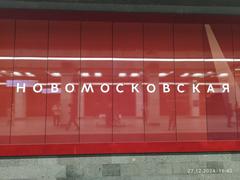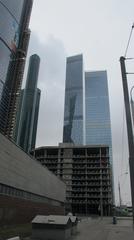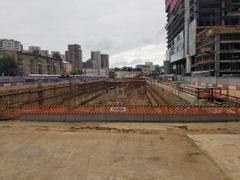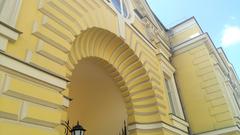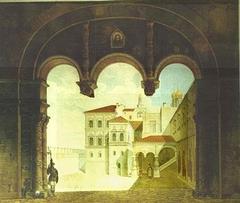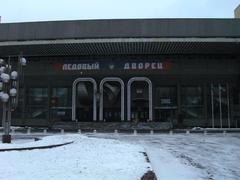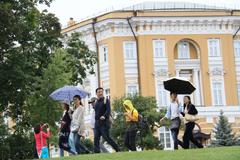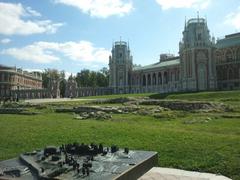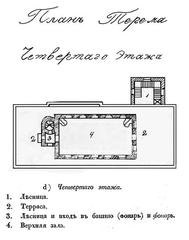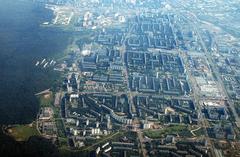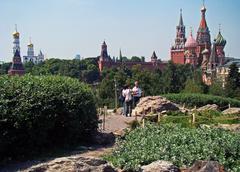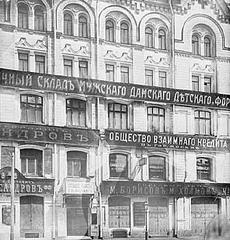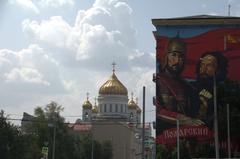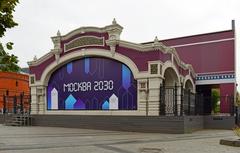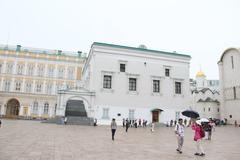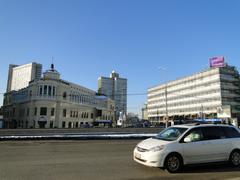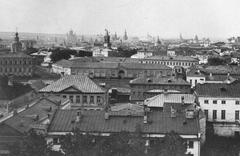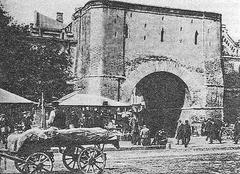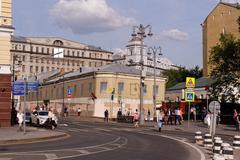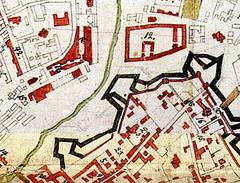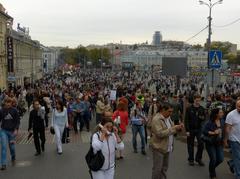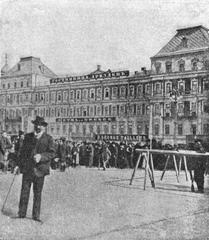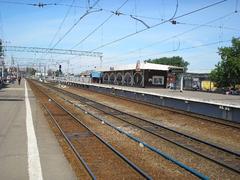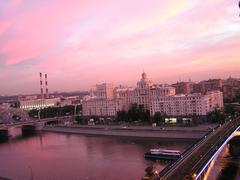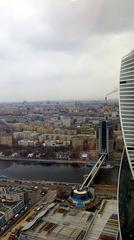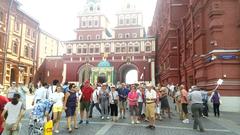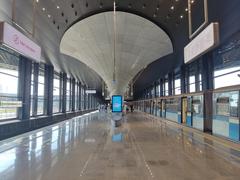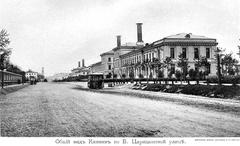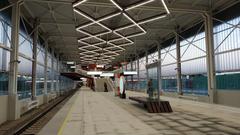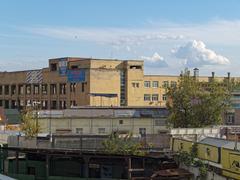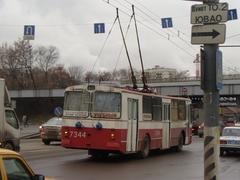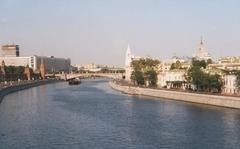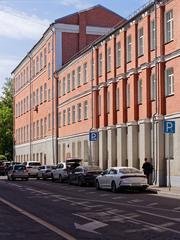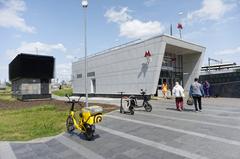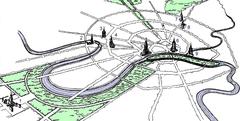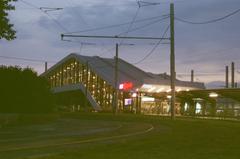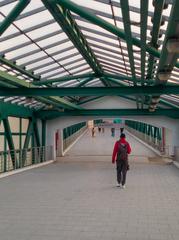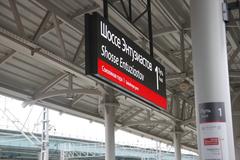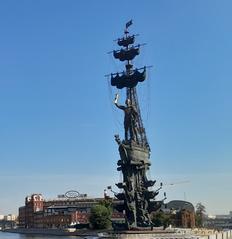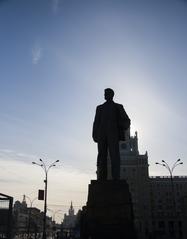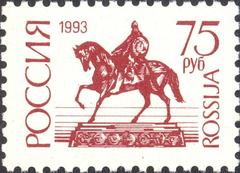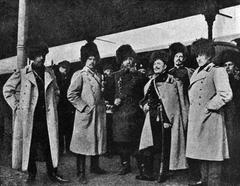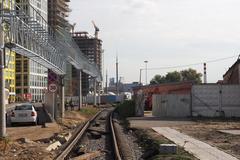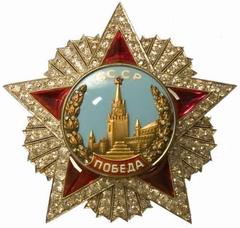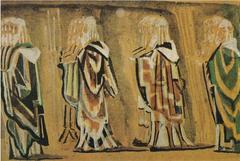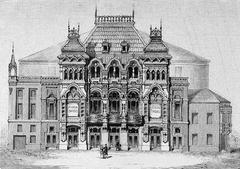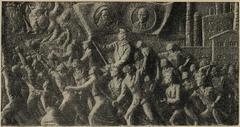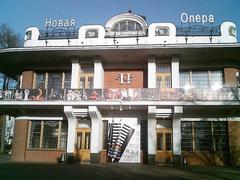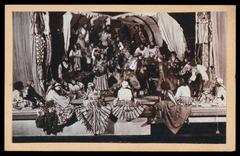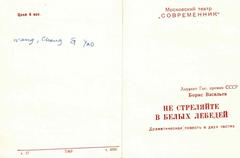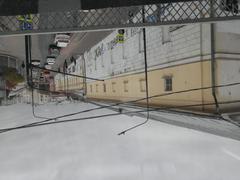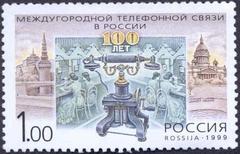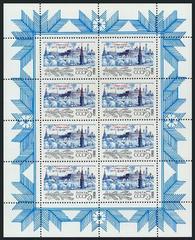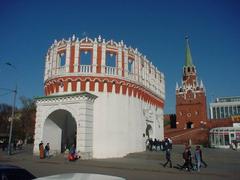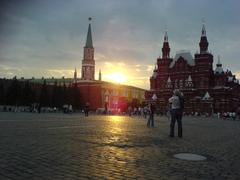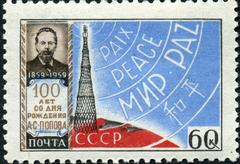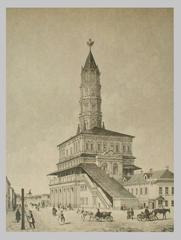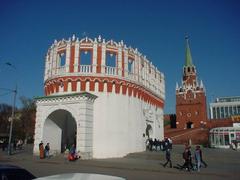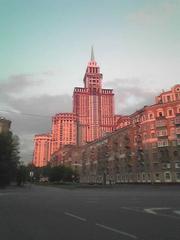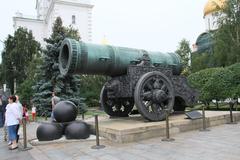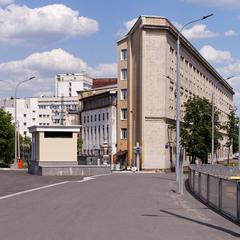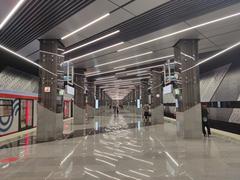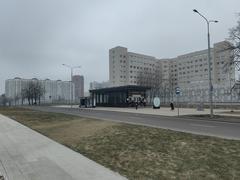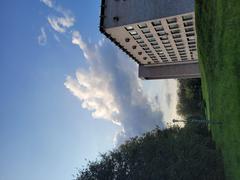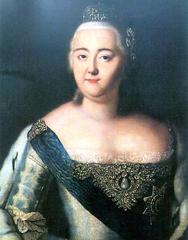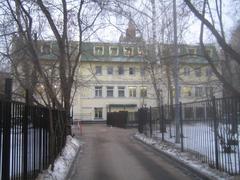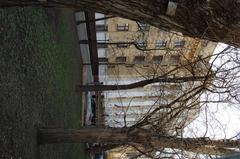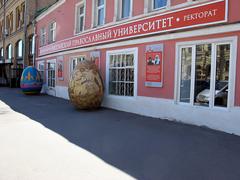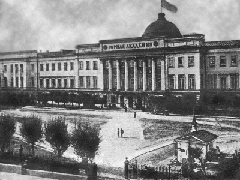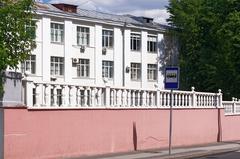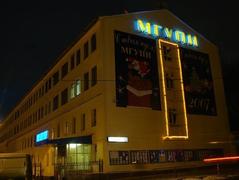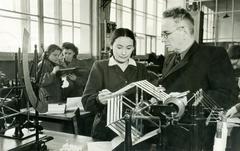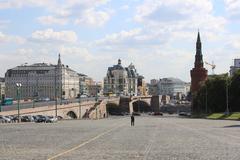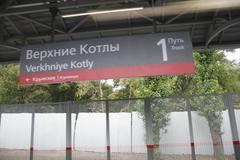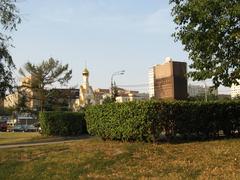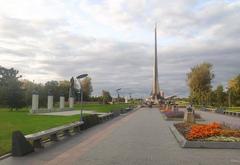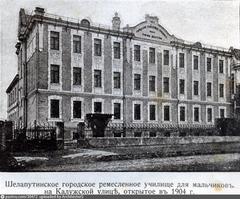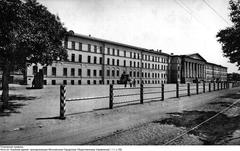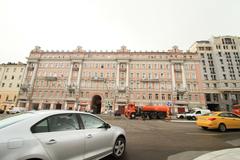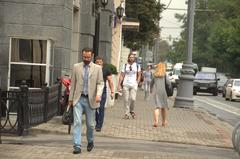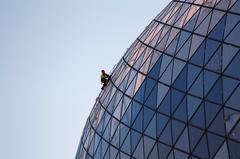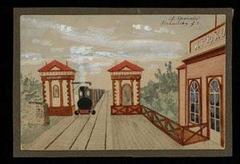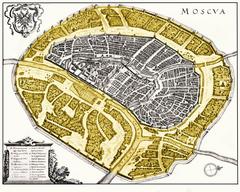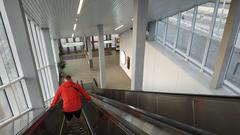
Comprehensive Guide to Visiting the Palace of Tsar Alexei Mikhailovich in Kolomenskoye, Moscow
Date: 18/07/2024
Introduction
The Palace of Tsar Alexei Mikhailovich, often referred to as the Wooden Palace, stands as a remarkable testament to 17th-century Russian architecture and history. Located within the Kolomenskoye Museum-Reserve in Moscow, this meticulously reconstructed palace offers a unique glimpse into the grandeur and lifestyle of Tsarist Russia. Originally built between 1667 and 1681, the palace served as a summer residence for Tsar Alexei Mikhailovich, the father of Peter the Great. Although the original structure was dismantled in the mid-18th century, a detailed reconstruction completed in 2010 has brought this architectural marvel back to life, allowing visitors to experience its historical and cultural significance firsthand (Kolomenskoye Museum-Reserve).
This comprehensive guide will provide you with all the essential information you need for an enriching visit to the Palace of Tsar Alexei Mikhailovich. From its historical background and architectural significance to practical visitor information such as ticket prices, visiting hours, and travel tips, this guide covers every aspect to help you make the most of your trip. Whether you’re a history enthusiast or a casual traveler, this guide will ensure your visit to one of Moscow’s most fascinating historical sites is both informative and enjoyable.
Table of Contents
- [Introduction](#introduction)
- [A Glimpse into the Past - Historical Background of the Palace](#a-glimpse-into-the-past---historical-background-of-the-palace)
- [A Royal Residence is Born (1667-1681)](#a-royal-residence-is-born-1667-1681)
- [A Palace of Celebrations and Intrigue](#a-palace-of-celebrations-and-intrigue)
- [A Tsar’s Legacy Disassembled (1768)](#a-tsars-legacy-disassembled-1768)
- [A Palace Reborn (2010)](#a-palace-reborn-2010)
- [Architectural Significance - A Symphony in Wood](#architectural-significance---a-symphony-in-wood)
- [A Masterpiece of Wooden Architecture](#a-masterpiece-of-wooden-architecture)
- [Intricate Details and Symbolism](#intricate-details-and-symbolism)
- [A Window into 17th-Century Life](#a-window-into-17th-century-life)
- [A Cultural Treasure Restored](#a-cultural-treasure-restored)
- [Visitor Information](#visitor-information)
- [Visiting Hours and Tickets](#visiting-hours-and-tickets)
- [Travel Tips](#travel-tips)
- [Nearby Attractions](#nearby-attractions)
- [Accessibility](#accessibility)
- [Special Events and Guided Tours](#special-events-and-guided-tours)
- [FAQ](#faq)
- [Conclusion](#conclusion)
- [Sources](#sources)
A Glimpse into the Past - Historical Background of the Palace
The Palace of Tsar Alexei Mikhailovich stands as a testament to a bygone era in Russian history. Its story begins not in Kolomenskoye, where it stands today, but in the heart of Moscow.
A Royal Residence is Born (1667-1681)
The year was 1667. Tsar Alexei Mikhailovich, father of Peter the Great, ruled Russia. He envisioned a summer residence that would reflect the grandeur of his reign and provide a peaceful retreat from the Kremlin’s bustling life. Thus began the construction of the palace in Kolomenskoye, a village then south of Moscow, chosen for its picturesque landscape and rich history as a royal estate.
The Tsar spared no expense. The finest craftsmen from across Russia converged, utilizing the traditional method of wooden architecture. Oak, pine, and larch were meticulously crafted into intricate carvings, colorful tiles adorned the roofs, and the interiors were lavishly decorated. By 1681, the palace was complete, a sprawling masterpiece of 270 rooms connected by numerous passageways and porches.
A Palace of Celebrations and Intrigue
The palace quickly became a hub of activity. It was here that Tsar Alexei Mikhailovich held court, received foreign dignitaries, and celebrated important occasions. The palace witnessed lavish feasts, grand balls, and theatrical performances, echoing with laughter and music. However, it also bore witness to the intrigues and power struggles that characterized the Russian court.
A Tsar’s Legacy Disassembled (1768)
Sadly, the palace’s glory was short-lived. After Tsar Alexei Mikhailovich’s death, it was used less frequently. By the mid-18th century, under Empress Catherine the Great, the wooden structure was deemed outdated and unsafe. A decision was made to dismantle the palace, but not before a detailed plan and model were created, preserving its memory for posterity.
A Palace Reborn (2010)
For centuries, the palace lived on only in the meticulous records and the model crafted before its demolition. However, in the late 20th century, the idea of resurrecting this architectural marvel began to take shape. Using the surviving plans and model, a team of architects, historians, and craftsmen embarked on a monumental project to rebuild the palace in its original location.
The reconstruction, completed in 2010, was a painstaking process. Every detail, from the layout of the rooms to the intricate carvings, was recreated with utmost fidelity to the 17th-century design. The result is a breathtaking replica that allows visitors to step back in time and experience the grandeur of Tsar Alexei Mikhailovich’s reign.
Architectural Significance - A Symphony in Wood
The Palace of Tsar Alexei Mikhailovich is not just a historical relic; it’s a testament to the ingenuity and artistry of traditional Russian wooden architecture. Its significance lies in its unique features and the story they tell about 17th-century Russia.
A Masterpiece of Wooden Architecture
The palace is a prime example of the “terem” style, characterized by tiered, interconnected structures with high gabled roofs. The use of wood as the primary building material is itself significant. Russia, with its vast forests, had a long tradition of wooden architecture, and the palace showcases the mastery achieved by Russian craftsmen in this domain.
Intricate Details and Symbolism
Every aspect of the palace, from its layout to its intricate carvings, was imbued with symbolism. The tiered structure, for example, reflected the hierarchical nature of Russian society, with the Tsar’s chambers located at the highest level. The elaborate carvings, featuring mythical creatures, floral motifs, and religious iconography, served not just as decoration but also as expressions of power, faith, and cultural identity.
A Window into 17th-Century Life
The palace’s interior is equally fascinating. The reconstruction meticulously recreated the furnishings and decorations of the time, offering a glimpse into the lifestyle of the Tsar and his court. From the opulent throne room to the cozy private chambers, each room tells a story about the daily life, rituals, and aesthetics of 17th-century Russia.
A Cultural Treasure Restored
The Palace of Tsar Alexei Mikhailovich stands today as a symbol of Russia’s rich cultural heritage. Its reconstruction is not just a feat of architectural engineering but also an act of cultural preservation, ensuring that future generations can appreciate the beauty and ingenuity of this bygone era. A visit to this palace is not just a journey through time; it’s an immersion into the heart of Russian history and artistry.
Visitor Information
Visiting Hours and Tickets
The Palace of Tsar Alexei Mikhailovich is open to visitors year-round. The visiting hours are from 10:00 AM to 6:00 PM, with the last admission at 5:30 PM. Tickets can be purchased at the entrance or online via the official website. General admission tickets cost 500 RUB for adults, with discounts available for students and seniors.
Travel Tips
The palace is located in the Kolomenskoye Museum-Reserve, easily accessible by public transport. The closest metro station is Kolomenskaya, from where it’s a short walk to the museum-reserve. It’s advisable to wear comfortable shoes as the site involves a fair amount of walking.
Nearby Attractions
While visiting the Palace of Tsar Alexei Mikhailovich, make sure to explore other attractions in Kolomenskoye, such as the Church of the Ascension, a UNESCO World Heritage site, and the Kolomenskoye Park, perfect for a leisurely stroll.
Accessibility
The palace is accessible to visitors with disabilities, with ramps and elevators available throughout the site. Wheelchairs can be rented at the entrance.
Special Events and Guided Tours
The palace hosts various special events throughout the year, including historical reenactments, traditional Russian festivals, and art exhibitions. Guided tours are available in multiple languages and provide deeper insights into the palace’s history and architecture. Photography is allowed, and there are several spots within the palace and the surrounding grounds that offer excellent photo opportunities.
FAQ
Q: What are the visiting hours for the Palace of Tsar Alexei Mikhailovich?
A: The palace is open from 10:00 AM to 6:00 PM, with the last admission at 5:30 PM.
Q: How much do tickets cost?
A: General admission tickets cost 500 RUB for adults, with discounts available for students and seniors.
Q: Is the palace accessible to visitors with disabilities?
A: Yes, the palace is equipped with ramps and elevators, and wheelchairs can be rented at the entrance.
Q: Are guided tours available?
A: Yes, guided tours are available in multiple languages and can be booked online or at the entrance.
Q: Can I take photos inside the palace?
A: Yes, photography is allowed, and there are several excellent photo spots within the palace and the surrounding grounds.
Conclusion
The Palace of Tsar Alexei Mikhailovich is a must-visit for anyone interested in Russian history and architecture. Its rich historical background, architectural significance, and the meticulous reconstruction make it a unique cultural treasure. Plan your visit today to explore this magnificent palace and immerse yourself in the grandeur of 17th-century Russia. Don’t forget to check out other related posts and follow us on social media for more updates.
Sources
- Kolomenskoye Museum-Reserve. (n.d.). Kolomenskoye. Retrieved from https://mgomz.ru/kolomenskoe
- Kolomenskoye Museum-Reserve. (n.d.). Palace of Tsar Alexei Mikhailovich. Retrieved from https://mgomz.ru




